Distribution: Aggregators vs. Distributors
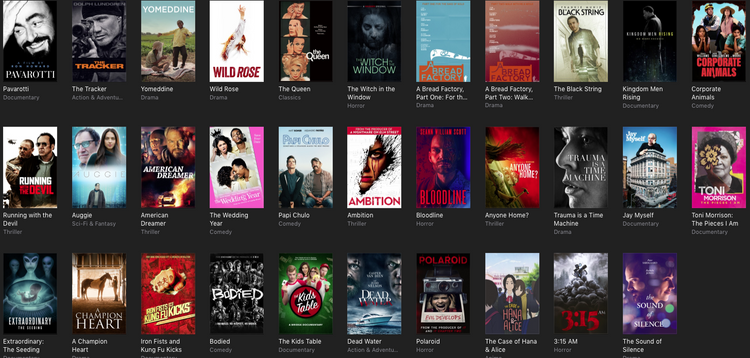
In the wake of the seeming demise of Distribber, which was one of the main ways in which filmmakers could get their work up onto major online platforms, it seems that it is still important to indicate the difference between aggregators and distributors – as well as between the two main types of aggregators: aggregators […]
7 Deadly Sins of Self-Distribution Hot Docs Presentation and Notes from the Forum
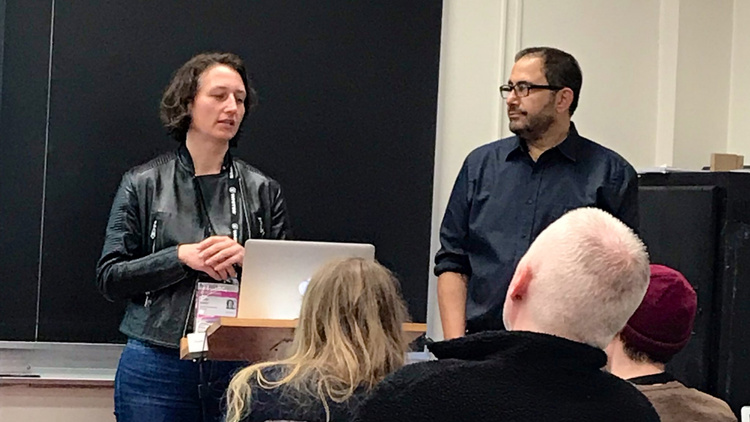
Earlier in the month, I had the pleasure to present and attend Hot Docs. As I am pitching a few new projects to direct and produce, I was especially interested in attending the Forum (5 notes of pitching to forums below). But first – I want to share the presentation that Sonja Henrici of the […]
A BITTER MESSAGE OF HOPELESS GRIEF SCREENS AT BERLINALE
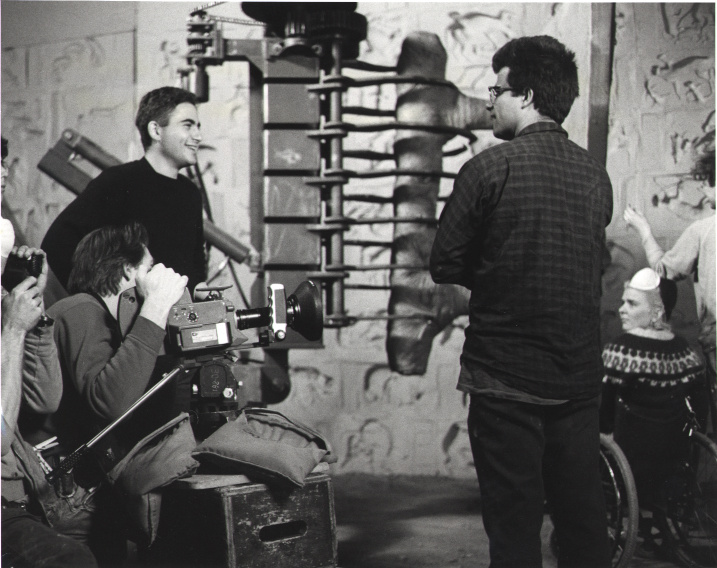
This week I will be traveling to Berlin Germany to attend the screenings of my 1988 short film, A Bitter Message of Hopeless Grief. The film was selected to screen in the 40th edition of the Panorama section of the Berlin Film Festival, a section that has always included films with the intention to inspire, […]
APPLYING TO FILM FESTIVALS 10 DOS AND 5 DON’TS
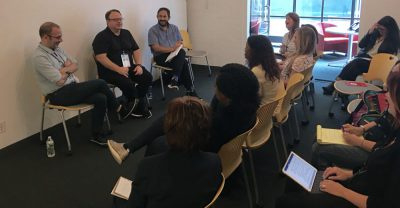
So it’s that intense festival time of year again. You’re considering festivals, applying to festivals and who knows perhaps already excited about the festivals you have been accepted to. Here are 10 Do’s and 5 Don’ts when applying to film festivals. These suggestions are based not only on my own work with clients, but also […]
10 Key Points on How to Move Forward With Outreach and Impact for Documentary Film
A Report from the IFP Filmmaker Lab by Jon Reiss With all the trauma of this past week, I at least had the good fortune of spending it at the IFP Filmmaker Lab in NYC. We all showed up Wednesday morning stunned/tired from watching returns all night/depressed. Some stayed home but by the middle of […]
Heading to Sheffield International Doc Fest and Edinburgh International Film Festival
I’m excited to be heading to the UK for the Sheffield International Doc Fest and the Edinburgh International Film Festival. In Sheffield I’ll be taking meetings with a number of international documentary foreign sales representatives but I’ll also be participating in Sales Sunday which is Sunday, June 12th. Then I’ll be meeting with filmmakers […]
Distribution Case Study – “Finding Hillywood”
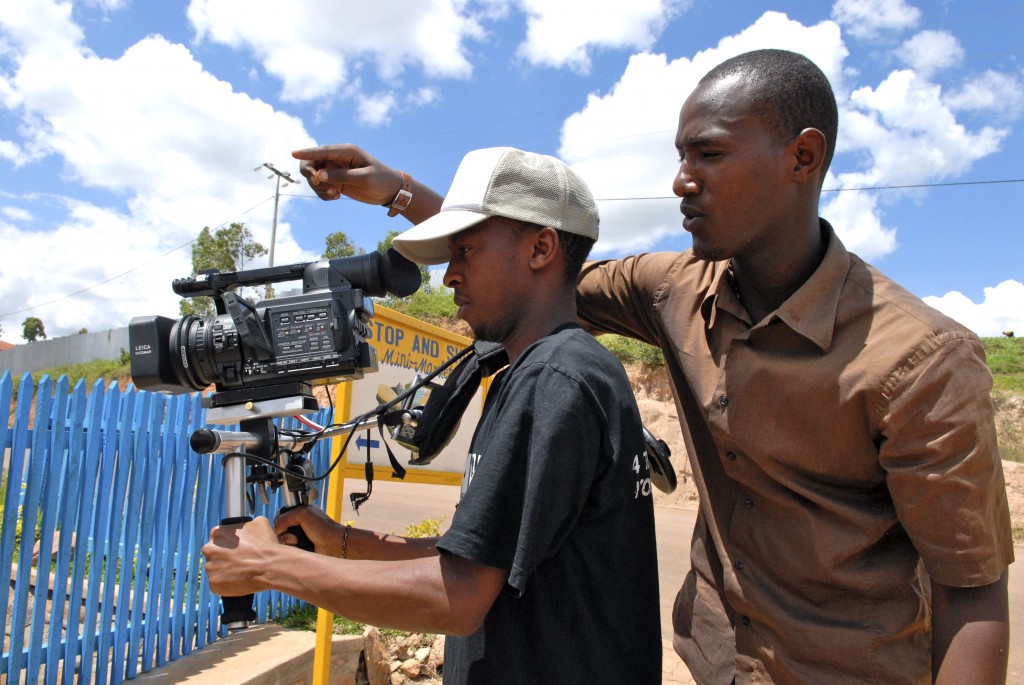
Written by Leah Warshawski (Producer/Director) / Introduction by Jon Reiss I recently wrote a two part article featuring four documentary filmmakers who pursued hybrid releases with their films and who were generous enough to share the real data from their films’ releases – Transparency: Four Filmmakers Give Up the Gold Pt1 and Pt 2. Upon reading […]
Distribution Transparency: Four Filmmakers Give Up the Gold Pt 2
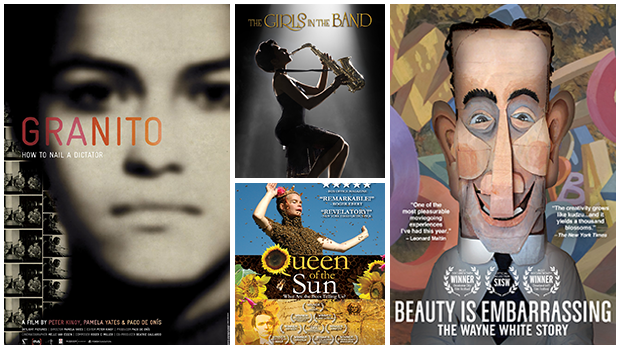
Wednesday’s post looked at Neil Berkeley and Judy Chaikin as two filmmakers who wanted to create a theatrical release for their films to boost visibility, increase ancillary value and learn for themselves how to operate in the new hybrid model of distribution and marketing. Today we will look at Paco de Onís the company Skylight […]
Distribution Transparency: Four Filmmakers Reveal Their Distribution Numbers, Part One

Alternative distribution models are no longer the experiment, but are now the norm for the vast majority of filmmakers. However because of a variety of reasons, including not least contract obligations and a fear that exposing numbers may not show the filmmaker in the best light, many filmmakers have been reticent to give out […]
Bomb It 2 Hits Miami!

UPDATE — the U.S. premiere of BOMB IT 2 in Miami is sold out! It is finally time for the US premiere of BOMB IT 2! Thanks to our good friends at Bombingscience.com, Keepitclassic.com, and Tugg.com, you can catch BOMB IT 2 at the O Cinema in the Wynwood District on Wednesday, May 29th […]